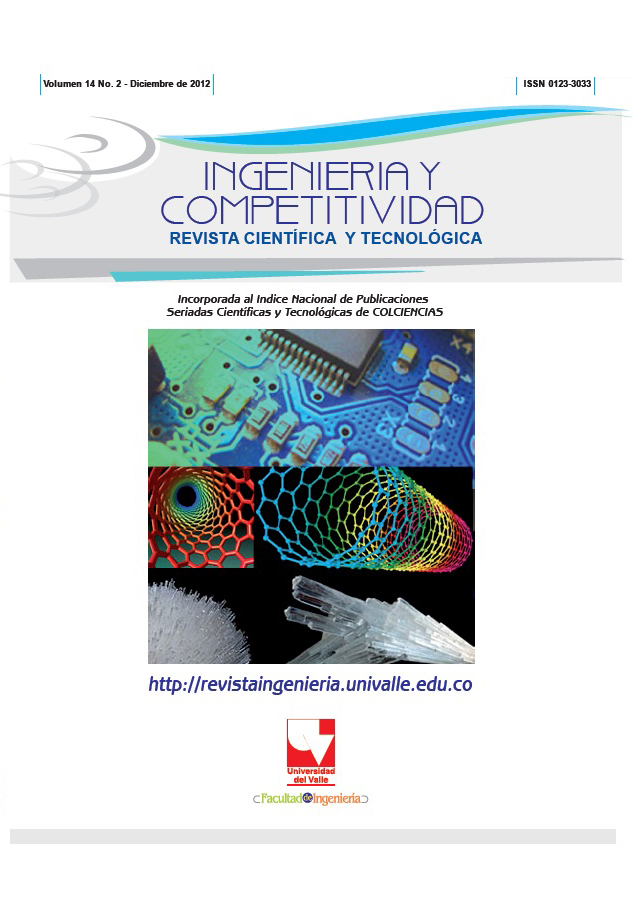Design and implementation of a system on chip for navigating and recognizing transit signals on a mobile robotic system
Main Article Content
Due to the fact that the traffic accidents are one of the most relevant causes of deaths in the world, this article aims to expose the design of a System on a Chip (SoC) that has the capacity to recognize some transit signals, obstacles and white lines that delimit a road of a controlled scenery, giving a future prospect in order to implement automatic pilots in real automobiles for helping reduce accident rates. The SoC operates on an FPGA (Field Programmable Gate Array), so that the high speed processing algorithms are implemented in hardware and the low speed processing algorithms are implemented in software. Therefore different hardware modules were developed for video capturing, pre-processing images and controlling white balance in video capture. Also, software algorithms were designed, such as navigation, stereoscopy artificial vision and the intelligent recognition of the transit signals, shaping a set of processes administrated by a Real Time Operative System (RTOS). The SoC results were obtained through simulations in a robotic platform navigating on a road modeled on a small scale.
Authors who publish with this journal agree to the following terms:
Authors retain copyright and ensure the journal the right to be the first publication of the work as licensed under a Creative Commons Attribution License that allows others to share the work with an acknowledgment of authorship of the work and the initial publication in this journal. Starting with volumen 22 issue 1 (2020), the journal adopts the CC BY-NC-SA 4.0 licence.
Authors can establish separate additional agreements for non-exclusive distribution of the version of the work published in the journal (eg, to an institutional repository or publish it in a book), with an acknowledgment of its initial publication in this journal.
Is allowed and authors are encouraged to disseminate their work electronically (eg, in institutional repositories or on their own website)





